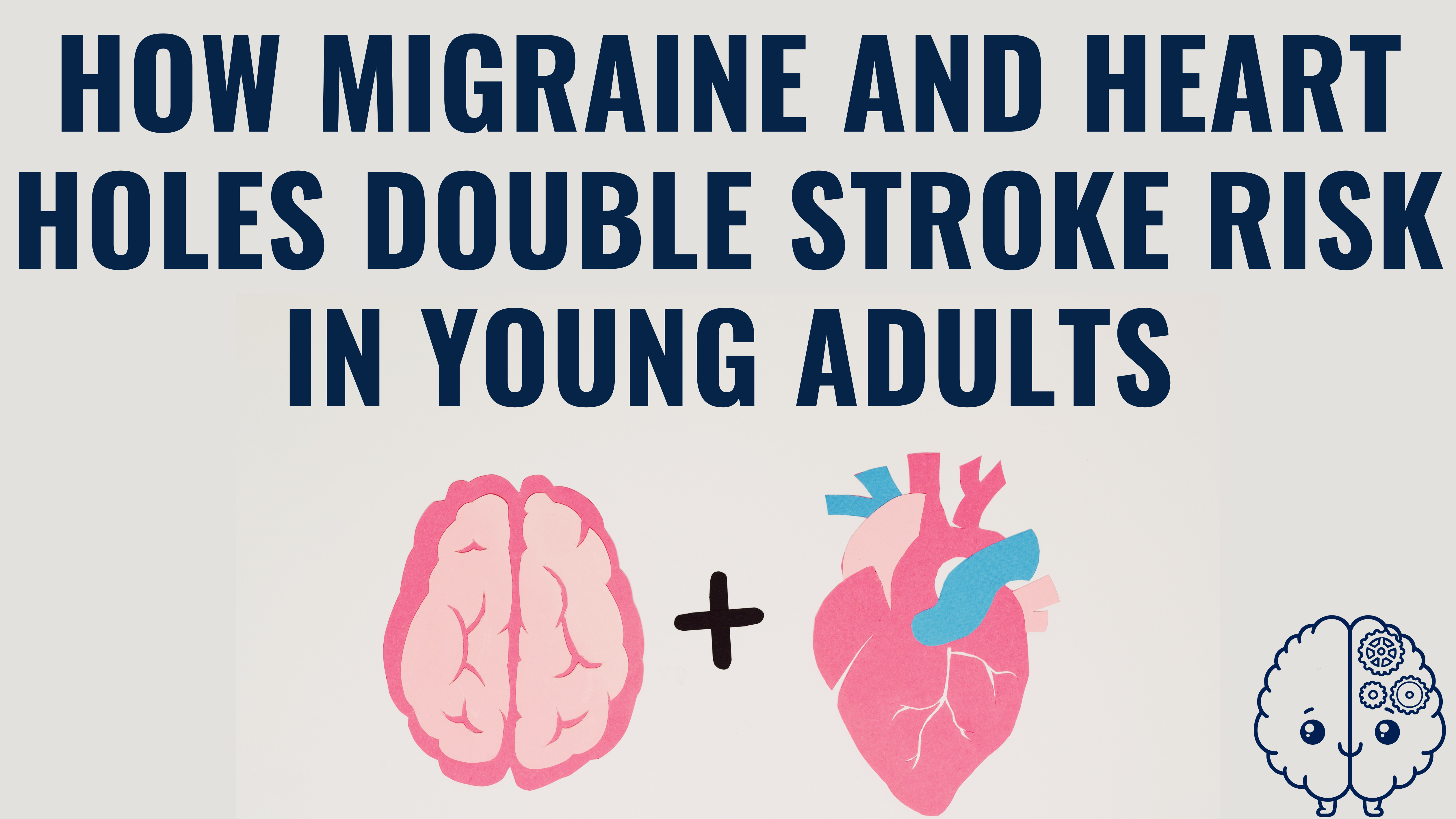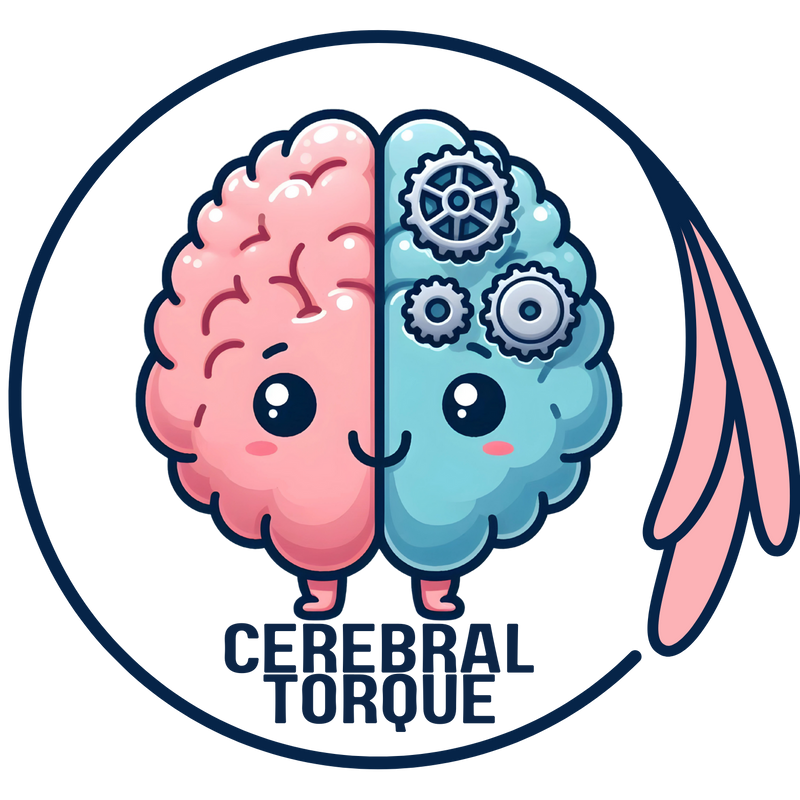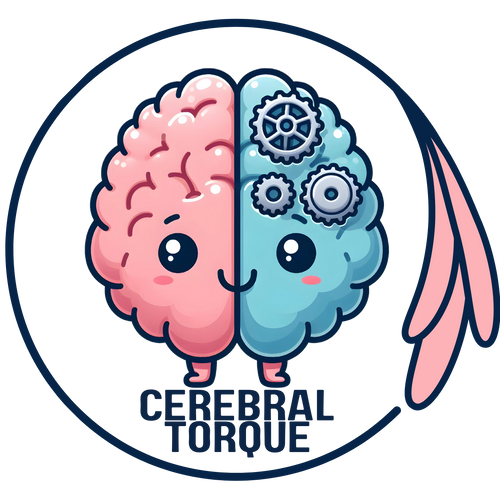How Migraine and Heart Holes Double Stroke Risk in Young Adults
Posted on April 17 2025,

Migraine, Heart Holes, and Young Strokes
A groundbreaking study reveals the surprising connection between migraine with aura, patent foramen ovale, and unexplained strokes in people under 50
Study Overview
A closer look at the groundbreaking SECRETO research
The Participants
Adults aged 18-49 from 19 European medical centers who experienced strokes with no clear cause despite extensive testing.
Heart Structure Focus
A PFO is a small opening between the heart's upper chambers that typically closes after birth but remains open in about 25% of people.
The study focused on PFOs with high-risk features that might make them more likely to cause problems.
Key Terminology
Unexplained (Cryptogenic) Stroke
A stroke where doctors can't identify the cause, even after running many tests. These strokes are common in younger adults.
Patent Foramen Ovale (PFO)
A small hole between heart chambers that should close after birth but remains open in some people. It can potentially allow blood clots to bypass the lungs and travel to the brain.
Migraine with Aura
A type of migraine where people experience visual disturbances (flashing lights, zigzag lines) or other sensory changes before or during (less common) the headache phase.
Risk Factor Categories
The study examined two distinct groups of risk factors
Traditional Risk Factors
- High blood pressure
- Smoking
- Excess belly fat
- Lack of exercise
- Unhealthy diet
- Heavy drinking
- High cholesterol
- Diabetes
- Chronic stress
- Depression
- Sleep apnea
Nontraditional Risk Factors
- Migraine with aura
- Previous blood clots
- History of cancer
- Autoimmune diseases
- Inflammatory bowel disease
- Kidney or liver disease
- Blood disorders
- Recreational drug use
Striking Findings
Risk patterns differ dramatically based on presence of a PFO
Strokes Without PFO
Traditional risk factors play the dominant role:
* Percentages represent population-attributable risk (PAR) - the proportion of strokes that might be prevented if the risk factor was eliminated
Strokes With PFO
Nontraditional risk factors are more critical:
* Percentages represent population-attributable risk (PAR) - the proportion of strokes that might be prevented if the risk factor was eliminated
Gender Differences
Risk patterns vary significantly between men and women
Women
Most significant risk factors:
- Migraine with aura: Dramatically higher effect in women with PFO
- Unhealthy diet: 22% contribution in women without PFO
- Excess belly fat: About 20% contribution across both groups
Men
Most significant risk factors:
- Smoking: 29.3% contribution in men without PFO
- Migraine with aura: Significant but less dramatic than in women
- Excess belly fat: ~20% contribution across groups
- Stress: ~18% contribution across groups
What This Means for Migraine with Aura Patients
This research identified migraine with aura as the single strongest risk factor for unexplained strokes in young adults, with several key implications:
- The strongest link exists in people who have both migraine with aura and a PFO
- Women face an elevated risk when both conditions are present
- Theoretically, if migraine with aura could be managed or eliminated (less likely), up to 45.8% of these types of strokes might potentially be prevented
- The connection suggests potential shared mechanisms between migraine with aura and stroke (see my video at the bottom for a detailed explanation of this)
- People with both conditions might benefit from specialized monitoring or preventive strategies
Important: While this connection is significant, the vast majority of people with migraine with aura never experience a stroke. Discuss your individual risk profile with a healthcare provider.
Key Takeaways
- So-called "unexplained" strokes in young adults actually follow clear risk patterns
- Traditional factors (smoking, high blood pressure) drive stroke risk in people without PFO
- Nontraditional factors, especially migraine with aura, are more important in people with PFO
- Women with both migraine with aura and PFO face elevated risk
- Comprehensive risk assessment should be standard for young stroke patients
- Further research is needed to understand the exact mechanisms connecting these conditions
Learn More
Mon, Nov 17, 25
Migraine Research - During the week of my absence.
Migraine Research - During the week of my absence. The Association Between Insomnia and Migraine Disability and Quality of Life This study examined how insomnia severity relates to migraine disability...
Read MoreSat, Nov 01, 25
Anti-CGRP Monoclonal Antibody Migraine Treatment: Super-Responders and Absolute Responders and When to Expect Results
Anti-CGRP monoclonal antibodies achieved 70% super-response and 23% complete migraine freedom in a one-year study. Most dramatic improvements occurred after 6 months of treatment. For patients with chronic or high-frequency...
Read MoreAll Non-Invasive Neuromodulation Devices for Migraine Treatment
Wondering if migraine devices actually work? This guide breaks down the latest evidence on non-invasive neuromodulation devices like Cefaly, Nerivio, and gammaCore. Learn which devices have solid research backing them,...
Read More



